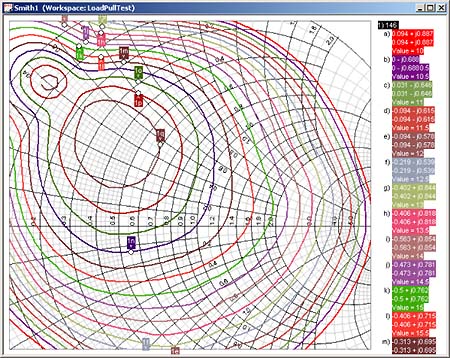
STTC is the executive agent for the Army's partnership with the ICT. On 10 August 1999, DDRE approved the University of Southern California ( USC) Institute for Creative Technologies ( ICT) as a DoD University Affiliated Research Center (UARC) as a collaboration between the Army, the University of Southern California, and the entertainment industry. In 1997 the National Research Council's Report "Modeling and Simulation: Linking Entertainment and Defense" identified a technology opportunity for leveraging DoD and Entertainment research. RDECOM took permanent control of STTC effective Main accordance with AMC Permanent Orders 049–2. In November 2003, STTC was renamed in honor of SFC Paul Ray Smith, who was posthumously awarded the Medal of Honor for actions in Operation Iraqi Freedom. The remaining elements of STRICOM became the Program Executive Office of Simulation, Training, and Instrumentation. On October 1, 2002, TDC became provisionally part of RDECOM and was redesignated the STTC.

The UARC was later renamed the Institute for Creative Technologies (ICT). One of TDC's major efforts was the University Affiliated Research Center (UARC) at the University of Southern California. In the 1990s, the technology base group of STRICOM formed the Technology Development Center (TDC) and moved to a separate building from the rest of STRICOM. STRICOM consisted of two existing organizations, Project Manager Training Devices (PM TRADE) and Project Manager Instrumentation, Targets and Threat Simulators (PM ITTS), and two new organizations, Project Manager for Combined Arms Tactical Training (PM CATT) and Project Manager for Distributed Interactive Simulation (PM DIS). Army Simulation, Training and Instrumentation Command (STRICOM) (its current name being PEO STRI) headquartered in Orlando, Florida, to serve as the technical manager for system execution. AMC created a new major subordinate command in 1992, the U.S. TRADOC designated its National Simulation Center (NSC) as its functional manager for controlling the requirements process. Army Training and Doctrine Command (TRADOC) and United States Army Materiel Command (AMC) sharing management responsibility for the new system. The Board's recommendation resulted in the U.S. The Army Science Board studied the technology in 1991 and found a central management structure was necessary to ensure an integrated system. DARPA ran the project from 1983 to 1989 and convinced the Army to use DIS technology. The STTC traces its lineage to 1983 when the Defense Advanced Projects Research Agency (DARPA) started work on a technology to network a large number of manned simulators, emulators and semi-automated force simulations to form a Distributed Interactive Simulation (DIS) of a battlefield.


 0 kommentar(er)
0 kommentar(er)
